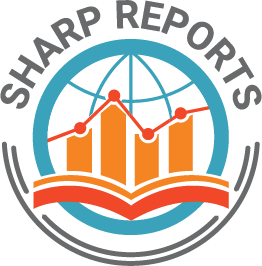Reports indicate that Royal Dutch Shell Plc, Stiesdal Offshore Technologies A/S (SOT), and Innogy SE have taken a final investment decision (FID) regarding a floating foundation demonstration project, offshore Norway, valued at €18 million ($20.4 million).
Apparently, SOT’s TetraSpar floating foundation concept would be tested by the partners, which is believed to have the potential of notably reducing costs of floating offshore wind. The testing would occur in 2020, at Norway’s Marine Energy Test Centre (Metcentre), near Stavanger.
It was also announced the Shell has doubled its share in the project from 33 percent to 66 percent, while Innogy holds 33 percent. The remaining 1 percent in the new project would be held by SOT.
Citing reliable sources, dynamic stability tests had been started in December on a true-to-scale model, utilizing the wave-wind channel in U.S. at the University of Maine and the wave tank at FORCE in Denmark. Welcon A/S, a Danish firm, is building the large floating prototype in this year.
Supposedly, Siemens Gamesa Renewable Energy SA would be mounting a direct-drive, 3.6-MW offshore wind turbine on the foundation, ahead of the whole unit being towed to the North Sea test site, with three anchor lines mooring the seabed, along with being connected to the grid.
Further from the sources, this demonstration project would bring practical, detailed insights in the construction, installation as well as operation of the TetraSpar concept, along with providing the detailed performance data.
Project Manager of Shell, James Cotter, mentioned that the company is working on growing its renewable power business and eyes huge potential in the floating wind technologies which could change the offshore wind industry dynamics over the next decade.
Cotter added that the company wants to assist in accelerating this change via sharing its offshore expertise with its partners for progressing innovative solutions like TetraSpar. It was recently announced that a wind energy kites developer, Makani, entered into a partnership with Shell for adapting the technology of Makani to offshore environments.


